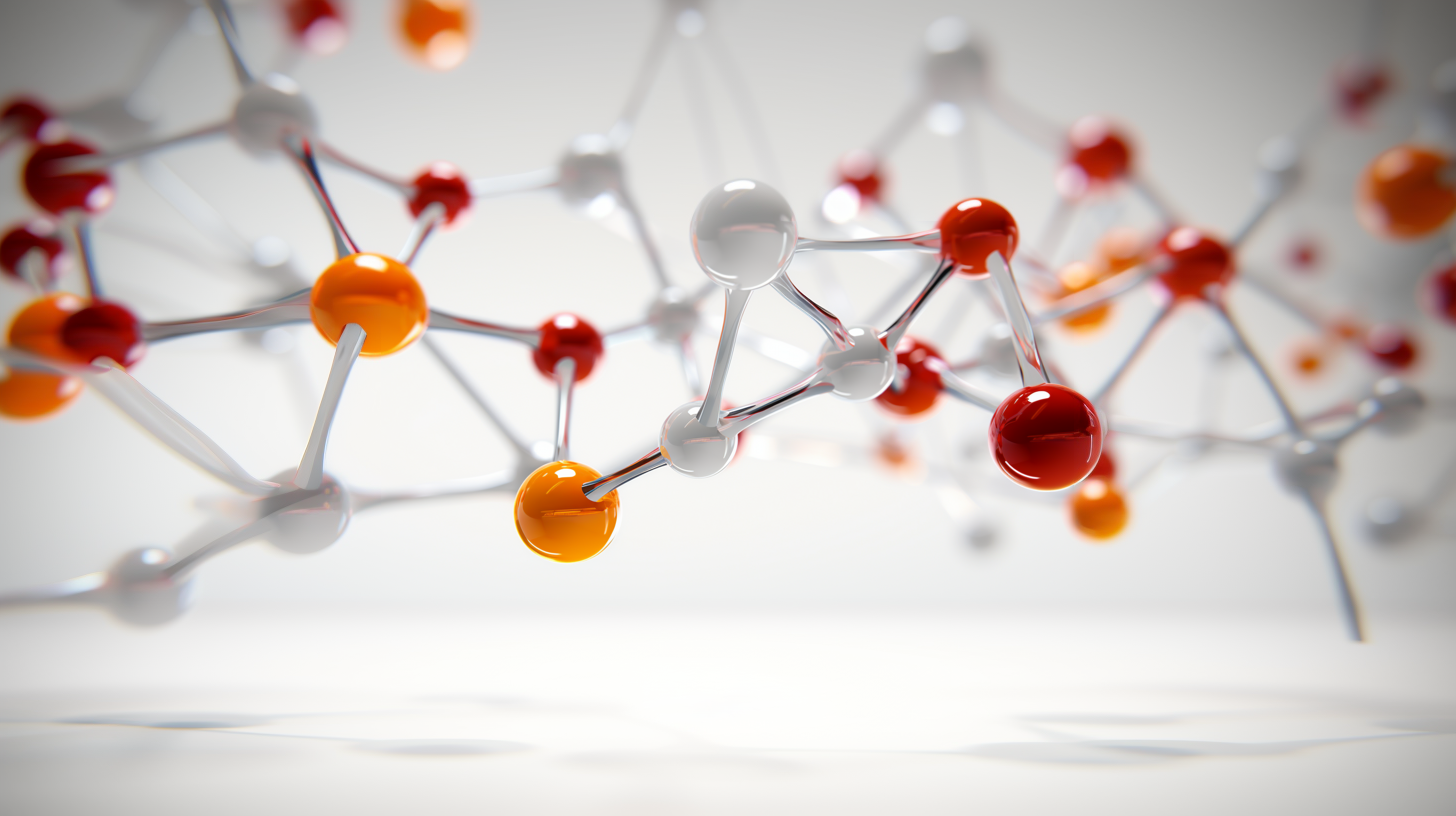Zeolite synthesis made easy: Possible applications in chemistry and industry
zeolites are porous materials with perfectly regular pores and high surface area that can act as molecular sieves. This property has led to important applications including the purification of air or water such as the contaminated seawater around Fukushima. Zeolites are used as catalysts – all gasoline is now made with zeolites – and for the separation and adsorption of numerous substances. While more than 200 zeolites are known today, many require expensive organic structure-directing agents ("templates") as well as high temperature and pressure for their synthesis. Synthesis of one of the most attractive, stable zeolites with very large pores, called EMT, has so far required a very expensive template, which has precluded industrial applications. Now a team of researchers including Dr. Svetlana Mintova from the Laboratoire Catalyse et Spectrochimie in Caen (France) and Prof. Thomas Bein from the Department of Chemistry of the Ludwig-Maximilians-University (LMU) in Munich has discovered a novel route for the synthesis of EMT from colloidal precursors at near ambient temperature within a short time.
The novel approach dispenses with the organic template, and produces the smallest known zeolite nanocrystals with the most open pore network, which is highly desirable because it provides very short pathways for molecules entering the crystals for catalytic reactions. From an environmental perspective, the novel synthesis of the ultrasmall EMT zeolite presented here represents a major advance, as the nanocrystals can be easily prepared at low temperature without the use of any noxious or expensive template.
Similarly, scale-up of an energy-efficient synthesis should be economically viable, since high temperatures, long reaction times and calcination steps are avoided. Moreover, important applications of these ultrasmall zeolite disks are anticipated, including catalysis with larger molecules, selective adsorption, and the design of ultrathin films, membranes, sensors and nanoscale devices.
Original publication
See the theme worlds for related content
Topic world Synthesis
Chemical synthesis is at the heart of modern chemistry and enables the targeted production of molecules with specific properties. By combining starting materials in defined reaction conditions, chemists can create a wide range of compounds, from simple molecules to complex active ingredients.

Topic world Synthesis
Chemical synthesis is at the heart of modern chemistry and enables the targeted production of molecules with specific properties. By combining starting materials in defined reaction conditions, chemists can create a wide range of compounds, from simple molecules to complex active ingredients.




























































